Your RV vent pipe is one of the most important components in your RV, as it regulates the flushing, blackwater management, and overall effectiveness of your RV’s toilet system.
Without your RV vent pipe working properly, you will face issues such as sewage smells leaking into your RV cabin, as well as bad flushing pressure and clogging in your entire toilet plumbing system.
Some common signs of a clogged RV vent Pipe are slow drainage, weak toilet flush, bad odor in RV, and gurgling drains. However, these symptoms are not entirely unique to clogged vent Pipes. Open your RV exterior water valve, then, at the same time, flush the toilet. If the water runs faster after a flush, your venting is most likely obstructed.
Here’s a quick troubleshooting guide to tell if your RV Vent pipe is clogged:
| Signs | Issue | How to solve it |
| Is your RV cabin smelling really bad / has foul sewage smells? | The blackwater tank contents are seeping into your cabin due to the uncalibrated air pressure because your RV vent pipe is clogged | Clean up any leakage and remove the blockage from your RV vent pipe |
| Are your shower drains, taps, and toilet bowls draining a lot slower than usual? | There is a lack of airflow in the entire plumbing system due to the lack of air intake from a clogged RV vent pipe on top of your rig | Clean up your RV vent pipe, or replace your RV vent pipe cover with a new one altogether |
| Can you hear gurgling sounds coming from your tap drain, shower drain, or toilet bowl whenever you flush? | Pressurized air in your plumbing system finds any outlet it can to escape due to a blocked/clogged RV vent pipe that would otherwise regulate airflow. | Remove any debris you find that is stuck in your RV vent pipe on top of your rig. If your RV vent pipe cover is really old and deteriorated, replace it with a new one. |
What happens when a vent pipe is clogged?
Your RV vent pipe is located at the top of your RV toilet, on the roof of your rig, and is connected to the main drain line. Unlike the toilet drain pipes inside the walls and floors of your cabin that move the waste from the toilet to the blackwater tank using flush water, this RV vent pipe does not actually carry any water at all.
From the roof of your rig, the RV vent pipe takes in air from the surrounding atmosphere and is a key component in regulating the air pressure that runs through your entire toilet plumbing system. And since your RV vent pipe is exposed to the outside elements the whole time, it can accumulate dust, leaves, twigs, spiderwebs, and all sorts of other debris that can throw off the calibration of air pressure inside your plumbing system.
Without this properly calibrated air pressure, here are some common occurrences you might face when your vent pipe is clogged.
- Slow drainage
Slow draining water and backed-up drains are the first sign of plumbing issues, and even more so when it comes to a clogged vent pipe. Because the air pressure in your plumbing system is not regulated, drains can’t flow smoothly, thus causing all of your RV plumbing systems like taps, showers, and toilet flushes to slow down noticeably.
- Smelly cabin
When your vent pipe is clogged, the air inside your RV plumbing system can’t travel to the top of the cabin and into the outside atmosphere where it usually goes to. It will look for other places to escape, and thus re-enter your rig through any open space – with the most likely culprits being the tap drains and shower drains.
And because this air is a cocktail of sewage gasses coming from your blackwater tank and your plumbing system, you’ll be breathing in gross smells. The worst-case scenario is that there will be carbon monoxide gasses lingering in your cabin that might cause respiratory and health issues while you travel in your RV, or at best – the bad smells will reduce the quality of your RV experience significantly.
- Gurgling taps / drains / toilets
Gurgling taps, drains, or toilets are also another sure sign that your RV vent pipe above is clogged. The RV vent pipes are designed to allow pressurized air to escape your plumbing system after every flush or drain.
When your RV vent pipe is clogged, the air that usually goes up and out of your cabin has to find another place to escape, and in this case, the nearest exit would be your toilet bowl, sink, or shower drain.
When you can hear gurgling sounds coming out from these outlets whenever you flush your toilet, there is a high chance that your RV vent pipe is clogged.
- Is a clogged vent pipe dangerous?
Generally speaking, a clogged vent pipe is something that should be looked at sooner rather than later.
Although it is not an immediate danger to life, there are a few negative effects that will lead to dangerous situations if you don’t fix a clogged vent pipe.
A clogged vent pipe can lead to increased air pressure inside your blackwater tank. This increase in air pressure leads to the sludge and waste inside your blackwater tank to start siphoning out and leaking into your RV cabin from the drainage line, or even leaking outside.
Additionally, a clogged vent pipe can also lead to a huge blockage in the entire plumbing vent system over time, as the sewage gasses that rise up from your blackwater tank clog it up and render the entire unit unusable. This results in the need for special tools, or professional plumbing services, which come at a cost.
How do you test an RV vent pipe?
In order to test an RV vent pipe, you’ll need to climb onto the roof where the vent pipe is. On the roof, you’ll be able to inspect the vent pipe, the vent pipe cover, and the caulk that secures it to the roof of your rig.
See if there are any nesting materials from critters and animals like birds and insects, then remove them from the pipe and the cover if there are any.
Next, get back to ground level and drain both your gray and blackwater tanks. To save some time, you should always test your RV vent pipe whenever you’re at an RV drainage facility so you know your vent pipe is always working as it should.
After that, test your entire plumbing system – taps, showers, flushes, and see if you notice any of the abovementioned signs of a clogged vent pipe. If you still hear any gurgling, or slow drainage of your plumbing systems, then it is time to replace your RV vent pipe with a new one.
If you find that your vent pipes are fine, another culprit can be a poop pyramid. You’re in luck because we’ve created a simple user guide on How To Get Dried Poop Out Of an RV Tank.
How do you unclog a vent pipe?
To unclog your RV vent pipe, you’ll need to use a pair of tweezers and some gloves to clear out any of the debris that is stuck on the roof RV vent pipe, causing the blockage.
Be careful not to bend or damage the pipe itself as you remove this debris. Once all visible material has been removed, your vent pipe should be working as it should.
Alternatively, you could remove the old RV vent pipe cover and replace it with a brand new one. For this job, you’ll need some basic tools like a screwdriver, a putty knife, pliers, and some caulk to secure the new vent pipe cover to your vent pipe.
Use your screwdriver to loosen the screws of the old vent pipe cover.
Next, use the putty knife to scrape off the old caulk and remove the old vent pipe cover from the roof.
Take off the entire old cover, using your pliers carefully if you have to.
Lastly, install the new vent pipe cover by caulking around the base of your new vent pipe cover to secure it, then screw it in with the screwdriver. Test out your entire plumbing system again once you’ve installed it.
Should I call a pro to unclog my vent pipe?
Removing your RV’s vent pipe cover is usually the last DIY option for most RV owners before having to get their hands dirty with opening up the entire RV’s plumbing system – which will more than likely be a messy job.
If your RV vent pipe is still causing blockage issues after testing, cleaning, and replacing the vent pipe cover, chances are you’ll need the issues looked at by a professional.
A plumber can diagnose the issues in your plumbing system quickly and recommend the best fix for the job, saving you time, effort, and money in the long run than if you were to try and fix your clogged RV vent pipe alone.


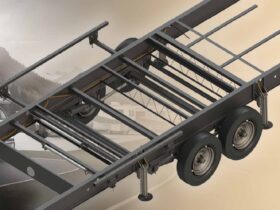
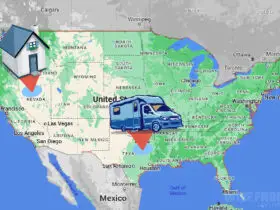

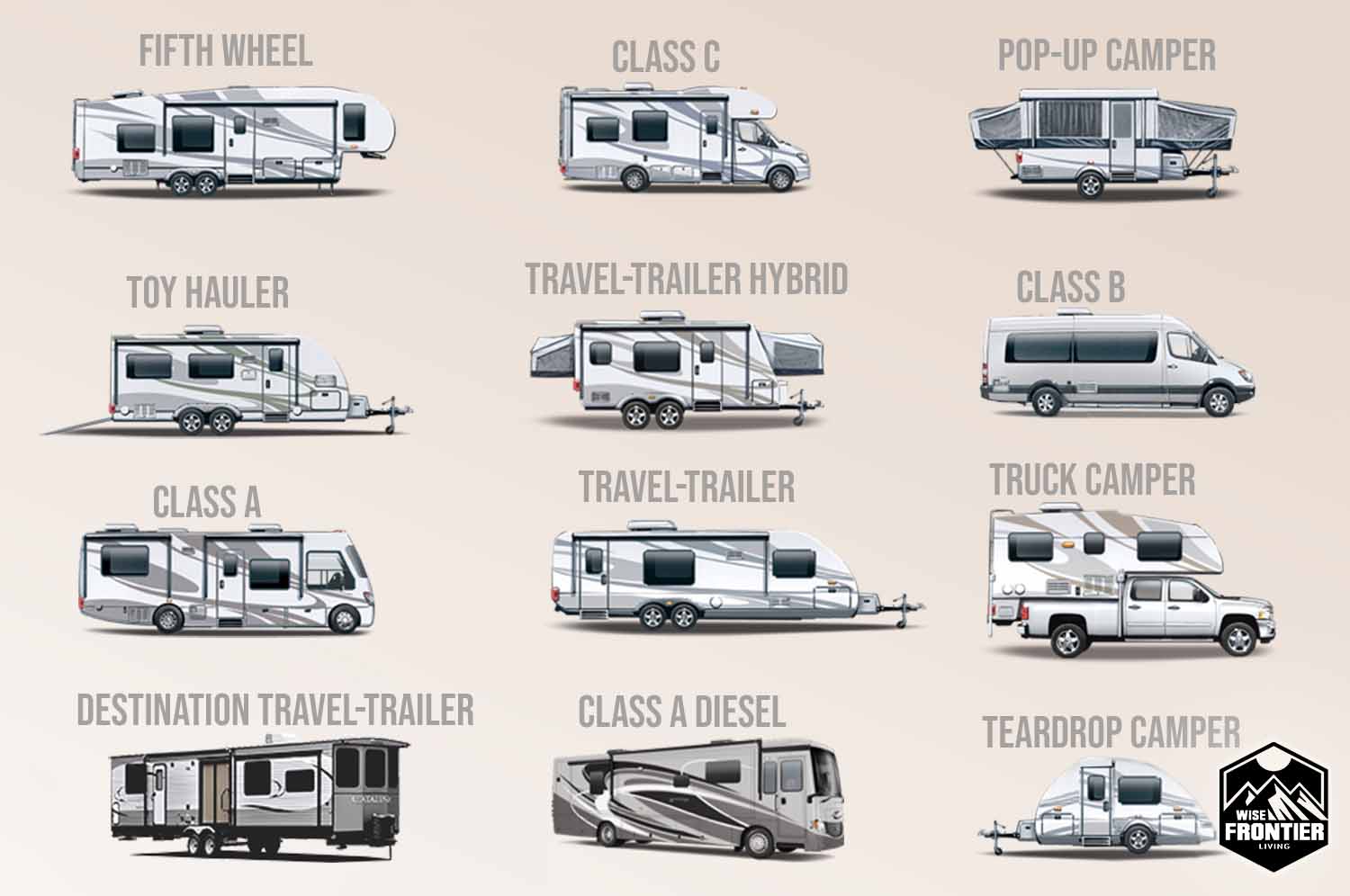
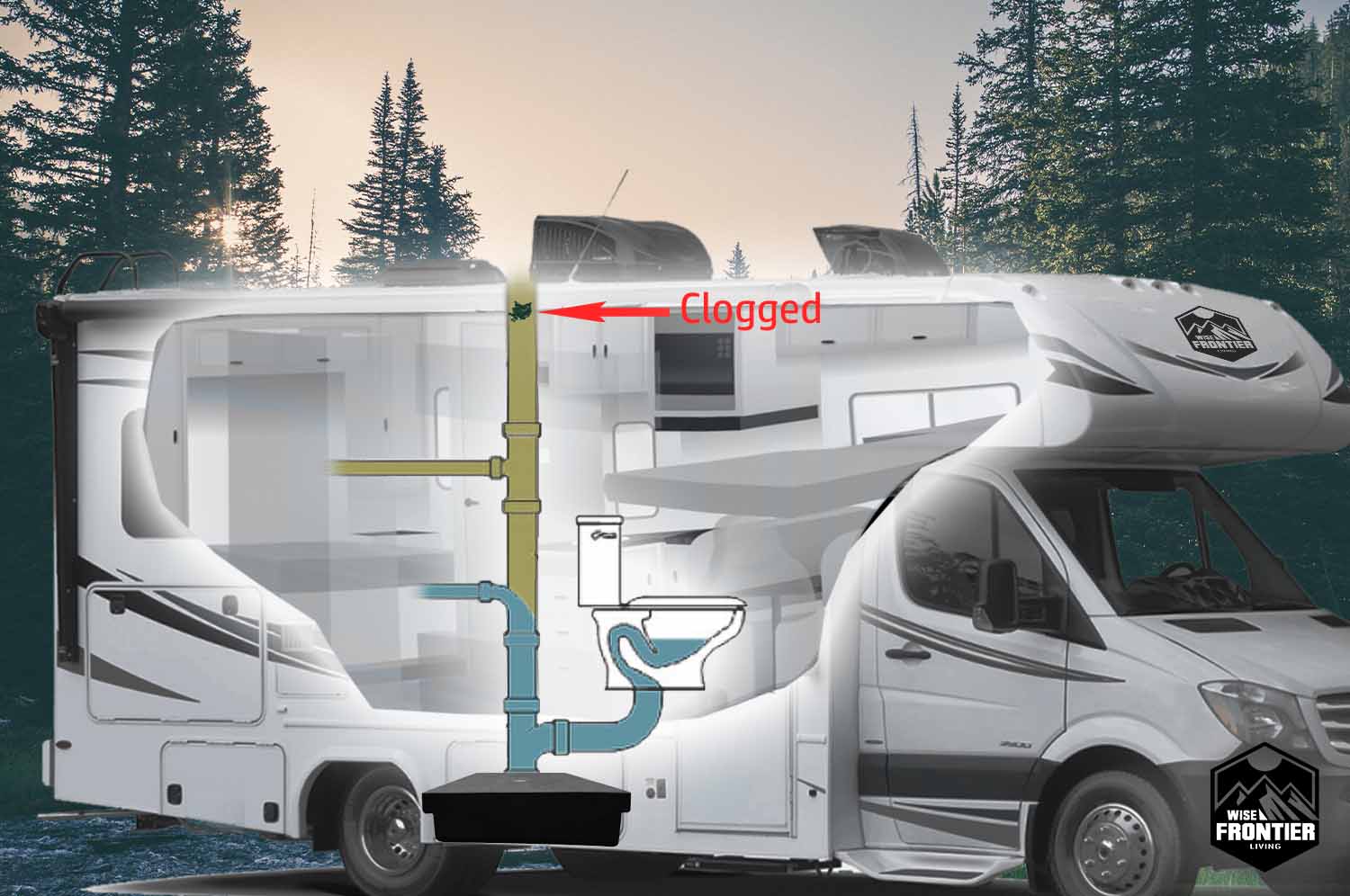

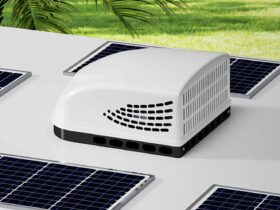
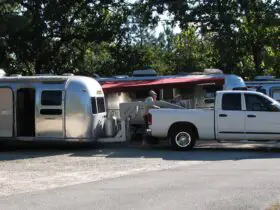
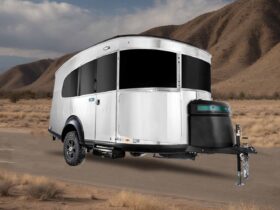
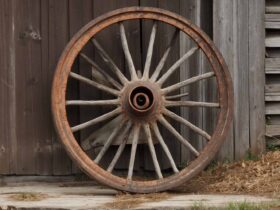
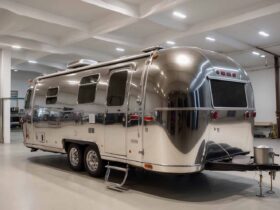
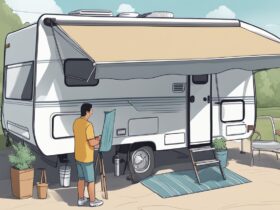

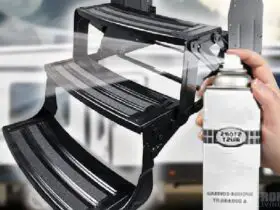
Leave a Reply